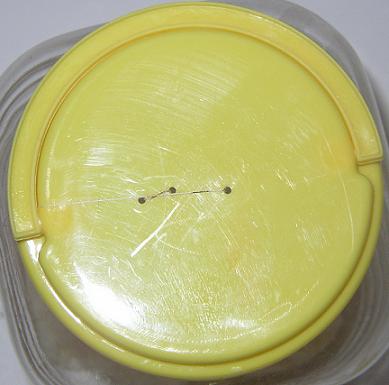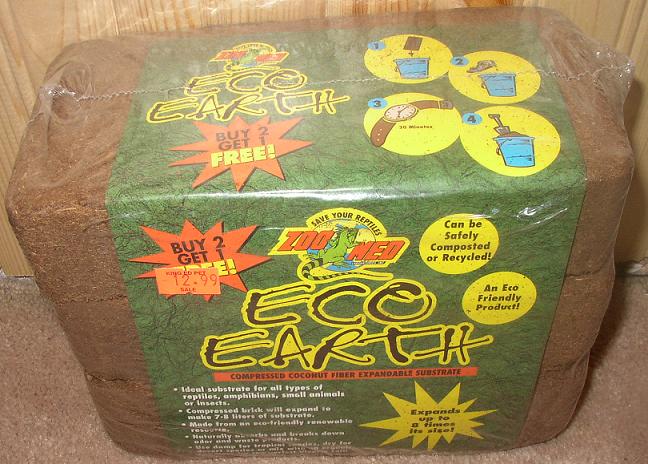 Mantids Care Sheet Mantids Care Sheet
 Introduction. Introduction.
Mantids are a group of 1800 carnivorous insects.
Most mantids are from tropical countries although
a few do occur in cooler climates. Their closest
relatives are the stick insects, cockroach and grasshoppers.
Like their relatives, the mantids undergo simple
or incomplete metamorphosis, which means they do
not have a maggot or caterpillar but go through
several stages all of which look like miniature,
wingless adults. The young should be fed on fruit
flies (Drosophila spp.), pin head crickets, or other
small insects. Its best if they always have some
food to eat, although they can last quite a while
without food. Most species are very aggressive towards
each other and if kept together, one will eat the
other, except Dead Leaf mantis and Ghost mantis
species, which for the most part can leave together
provided they are not too hungry. As they grow and
become more hardy, they can be given larger prey
almost any insects will be eaten. Some species even
eat prey as large as themselves.
Food and its effects:
It is important to give a variety of food to your
mantids in order for their droppings not to smell.
If you are feeding your mantids only crickets, their
droppings will smell a little. It seems like a good
idead to feed them Grasshoppers, but don't be fulled!...
grasshoppers contain potensial paracites that will
kill your mantis when they come out, just see the
4 min long movie here http://www.youtube.com/watch?v=sesYpFdGSTY The best feed for the mantis is Cockroaches, as
they have even less paracites then Crickets. I try
to feed my mantids Madagascar Hissing cockroaches
(for bigger ones) and Lobster cockroaches (for smaller
ones).
Much too often, mantids have black spots on their
body appearing. This is caused by internal parasites
that come from crickets. This can be avoided by
feeding them Cockroaches or Flies instead. Shortly
after the black spot appears on the mantis, they
will die.
For adult females it is very important to offer
high protein foods, for them to froduce lerger oothecas.
Wax Worms, and Blue Bottled flys have the most ammount
of protein.
Sexing your mantids:
Males will have 5 or more segmemts on their abdomen,
females less then 5 segments on their abdomen. With
some experience, it is possible to tell their sex
from L3- L4 just by looking at them, since females
have more rounder abdomen.
Housing:
As the mantis grows it will shed its skin several
times, becoming almost twice larger as before at
each stage, antill it matures. A general rule, the
terarium's walls on each side should be no smaller
then the full grown mantis's length times 2, and
The distance from top to bottom should be atleast
3 times the size of the mantis.
Equipment:
Most species need to be kept at atleast temperature
of 20-25°C during day time and 16- 20°C
during night time. The best thing to do is to use
an under tank heater (UTH under tank heater, Heat
tape, Heat rope, etc.).
Temperatures and Humidity:
Most praying mantids are from tropical countries,
so its very important to keep them warm, as a general
rule 20°C to 25°C.
Incubating oothecas:
The simplest way to incubate an ootheca is to take
a plastic jar, drill 2 or more holes like shown
in the picture below, for tying a thread onto the
lid.

Then take a needle, and poke it thrue the top of
the ootheca (try not to injure any egg sacks), and
hang it on the thread.

Add 2- 3 layers of paper towel on the bottom to
keep the moisture. You can also add some plastic
branches, not real ones as they tend to make an
ootheca moldy after some time.
Recommended Substrates:
You can use napkins, it is easy to clean and looks
pretty good.
You can also use Eco Earth as a substrate.

Breeding
Your Mantids:
Sexing babie mantids is difficult but fairly easy
ones they become adults. Males got eight segments
on the underside of abdomen, females got six. After
two weeks adults can be mated. It is advisable to
use a large cage when mating them, and feeding them
well beforehand is essential otherwise the female
will eat the male. Mating may occur immediately
or at times it may take the male a day or so to
make his approach. Mating can last for more then
a day, so it is recommended to keep on feeding them
even while they are mating, so that the female won't
eat the male. If the male is not removed just after
mating, the female will eat him shortly after. The
female will lay ootheca (the egg-case mantids lay
is called ootheca), depending on the specie this
may produce 30 to 300 young mantids. Depending on
the specie, hatching usually takes between 3 and
6 month. The female will lay several oothecae, usually
about six and does not need to be mated with a male
again. Some species like Brunneria Borealis do not
need a male to produce fertile oothecae. |